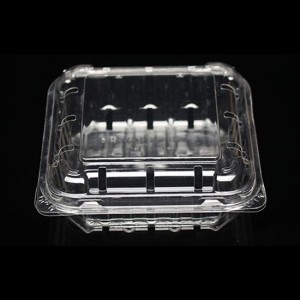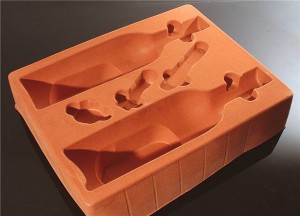Transparent plastic trays are generally used for packaging fruits, foods and display-type items. Customers can intuitively see the items in the tray so that customers have a better sense of security when buying.
White pigments mainly include titanium dioxide, zinc oxide, and lithopone. Titanium dioxide has two structures: rutile type and anatase type. Rutile type titanium dioxide has high refractive index, high hiding power, stability and good weather resistance.
Carbon black is a commonly used black pigment with low price. In addition, it also has ultraviolet protection (anti-aging) effect and conductive effect on plastics. Different production processes can obtain a variety of different carbon blacks with a wide range of particle sizes, and their properties vary greatly. Carbon black can be divided into pigment carbon black and rubber reinforcement carbon black according to its purpose. Pigment carbon black can be divided into high pigment carbon black, medium pigment carbon black and low pigment carbon black according to its coloring ability. Carbon black particles are prone to agglomeration. To improve the coloring power of carbon black, it is necessary to solve the dispersibility of carbon black.
pearlescent pigment, also called mica titanium pearlescent pigment, is a kind of mica wafer coated with titanium dioxide. According to different hue, it can be divided into three types: silver-white pearlescent pigments, rainbow pearlescent pigments, and colored pearlescent pigments.
When buying pigments, you must understand the dye index (CI) of pigments. CI is an international collection of dyes and pigments compiled and published by the British Dyers Association and the American Textile Chemists and Dyers Association. Each type of pigment is classified by application and chemical structure. There are two numbers to avoid misunderstanding of the same molecular structure and different names of the pigments when purchasing, and it is also helpful for management and finding reasons when using.

